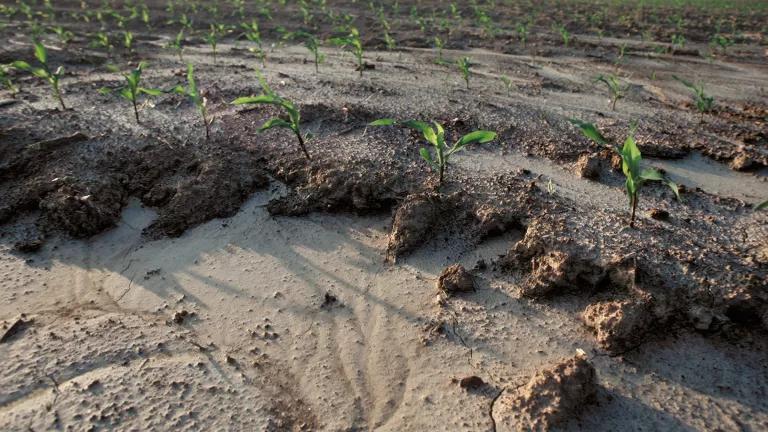Soil erosion poses a significant threat to agricultural productivity and environmental sustainability in India. A recent study employing the Revised Universal Soil Loss Equation (RUSLE) has shed light on the concerning state of soil erosion across the country, revealing widespread challenges and implications. This essay explores the key findings of the study, the status of soil erosion in India, challenges related to soil health, government initiatives for soil conservation, and measures to prevent soil erosion and improve soil health.
Key Findings of the Study
The study highlights alarming trends in soil erosion across India, with approximately 30% of the landmass experiencing “minor” erosion and an additional 3% facing “catastrophic” topsoil loss. Hotspots for soil erosion, such as the Brahmaputra Valley in Assam and Odisha, have been identified, underscoring the severity of the issue. The term “catastrophic erosion” denotes the loss of over 100 tonnes of soil per hectare annually, emphasizing the magnitude of soil degradation in certain regions.
Soil Erosion in India
Soil erosion is a natural process influenced by factors such as wind, water, glaciers, and human activities like deforestation, poor agricultural practices, overgrazing, and construction. These factors disrupt the delicate balance of soil structure, leading to the detachment and transportation of soil particles. In India, soil erosion is exacerbated by low organic carbon content, nutrient deficiencies, water management issues, and socioeconomic factors like land fragmentation.
The decline in organic carbon content, coupled with nutrient deficiencies and water management issues, poses significant challenges to soil health in India. The reliance on chemical fertilizers further exacerbates soil degradation, leading to reduced fertility and compromised agricultural productivity. Socioeconomic factors, including land fragmentation and economic constraints, hinder the adoption of sustainable soil management practices by farmers, perpetuating the cycle of soil erosion and degradation.
To address the challenges of soil erosion and degradation, the Indian government has launched various initiatives under the National Mission for Sustainable Agriculture (NMSA). These include the Soil Health Card Scheme, Paramparagat Krishi Vikas Yojana (PKVY), Neem Coating of Urea, and Nutrient-Based Subsidy (NBS) Scheme. These initiatives aim to promote sustainable farming practices, reduce fertilizer wastage, and encourage balanced nutrient use, thereby enhancing soil health and productivity.
Conclusion
In conclusion, soil erosion poses a significant challenge to agricultural sustainability and environmental stability in India. Addressing this issue requires concerted efforts from stakeholders, including government bodies, farmers, and environmental organizations. By implementing proactive measures and adopting sustainable land management practices, it is possible to mitigate the adverse effects of soil erosion, ensuring the long-term health and productivity of India’s soils.

